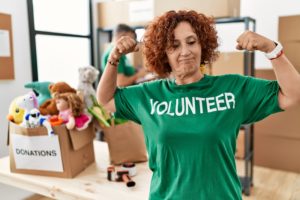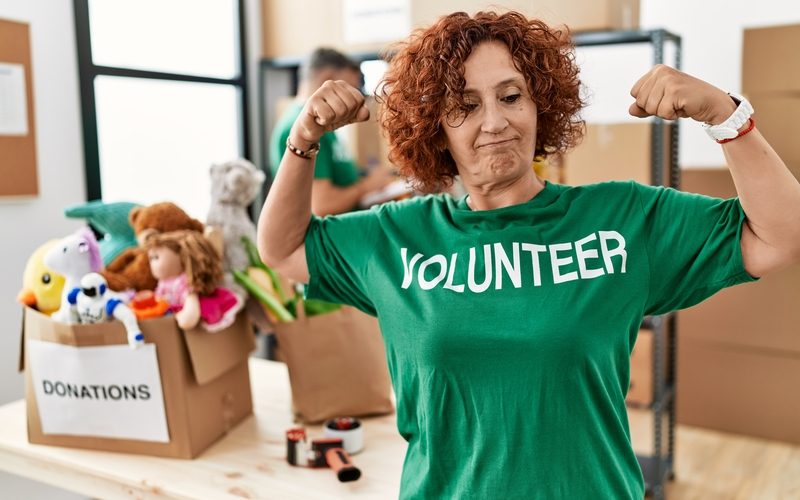
When Pat moved to a new town in her 60s, she quickly visited the local animal shelter to volunteer. Pat always has been an animal-lover, and she thought volunteering would be a good way to meet people and learn about the community.
And she was right. She made new friends and found a purpose in serving the animals, many of them desperately neglected or abused. “There’s something I can do to help. It gives you such a feeling of love, which obviously makes you feel good — to do something for this little creature that is beyond words,” she says.
Experts say older people who volunteer typically give more time than any other age group. More than 18 million older adults contribute 3 billion hours of community service each year. They help in a wide range of services – helping other seniors and at-risk youth, providing education and job training, and pitching in after natural disasters.
“A growing body of research shows an association between volunteering and mental and physical health benefits,” the organization says. “In particular, older volunteers report lower mortality rates, lower rates of depression, fewer physical limitations, and higher levels of well-being.”
Studies show volunteers walk more, perform everyday tasks better, and are less likely to develop high blood pressure, among other benefits.
You can learn about volunteer opportunities at community centers, organizations like the Lions Club, community theaters, museums, places of worship and more.
For Pat, volunteering is part of her healthy lifestyle that includes eating right and exercising five times a week with weights and yoga. And the payoff continues: Just this year she found her own new furry friend at the shelter. She and Blondie couldn’t be happier together.
Holly Kouvo is a personal trainer, functional aging specialist, senior fitness specialist, brain health trainer, writer, and speaker.

